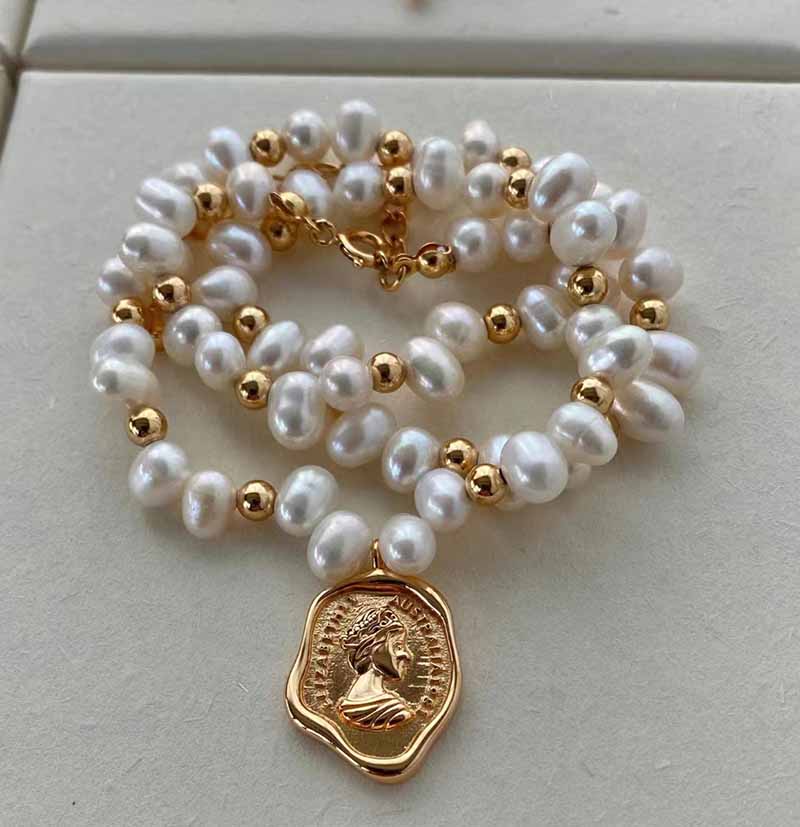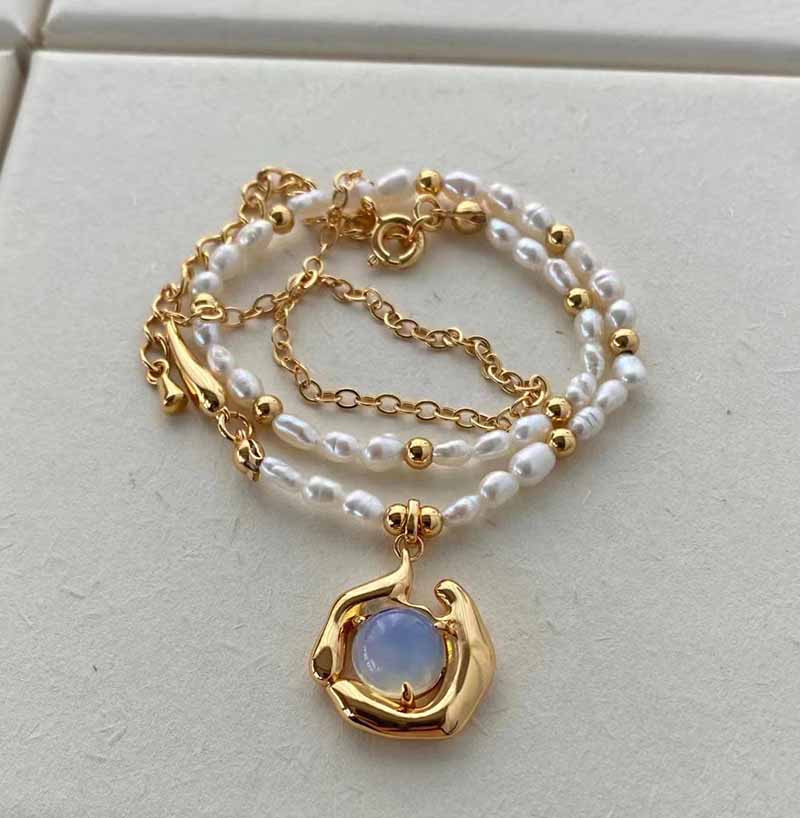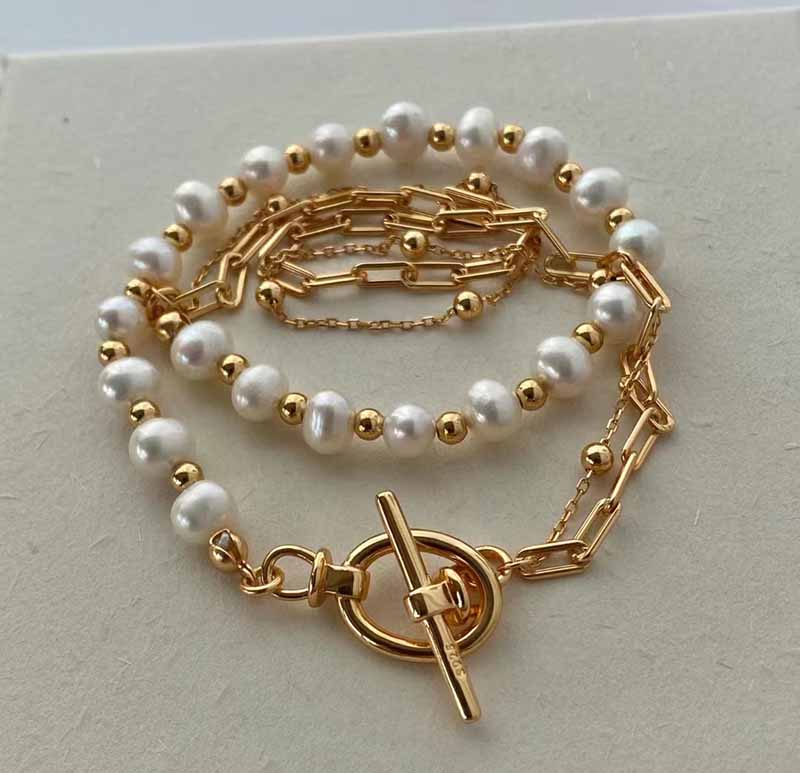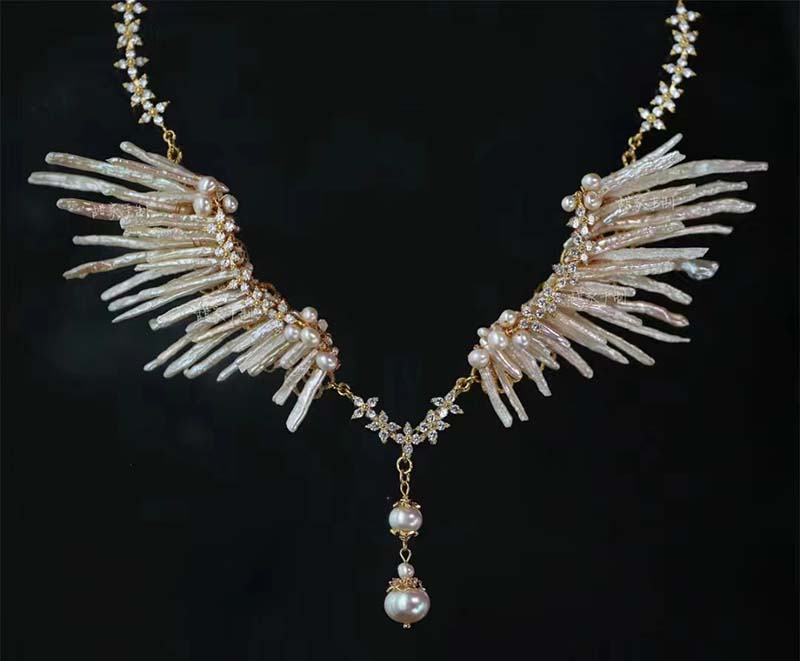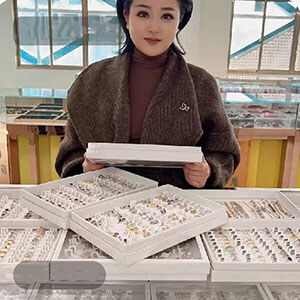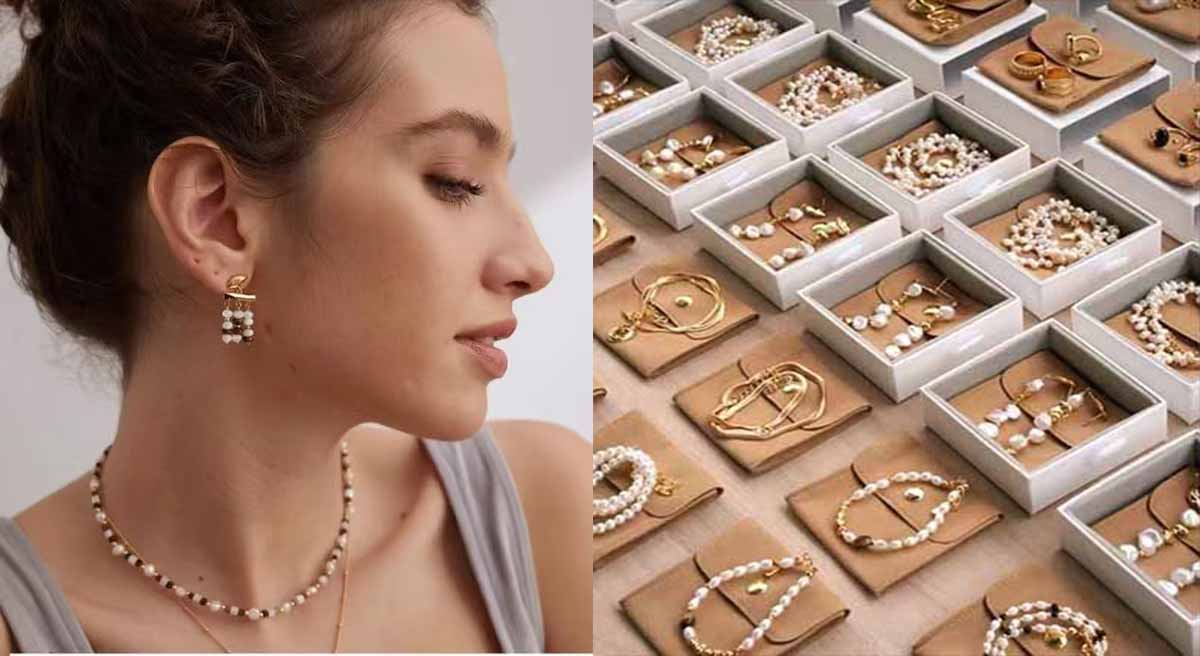Since the Hong Kong Jewelry Show in March of this year, the price of saltwater pearls has risen dramatically, with specific categories rising by more than 50%.
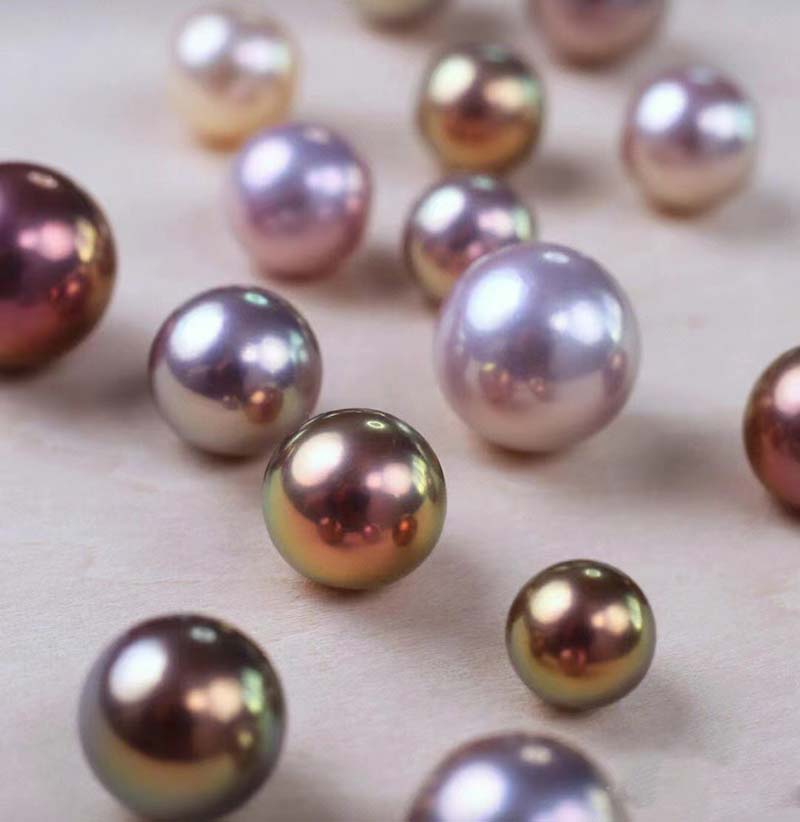
Coupled with the occurrence of Japan’s nuclear sewage being dumped into the sea, people will be more concerned about saltwater pearls, therefore many people will focus on freshwater pearls. Today, we will discuss how to pick freshwater pearls:
We want to pick a high-quality freshwater pearls to take into account 4 factors.
1. The base color of the pearl 2. The shape of the pearl 3. The luster of the pearl 4. The degree of flaws in the pearl
The base color of the pearl:
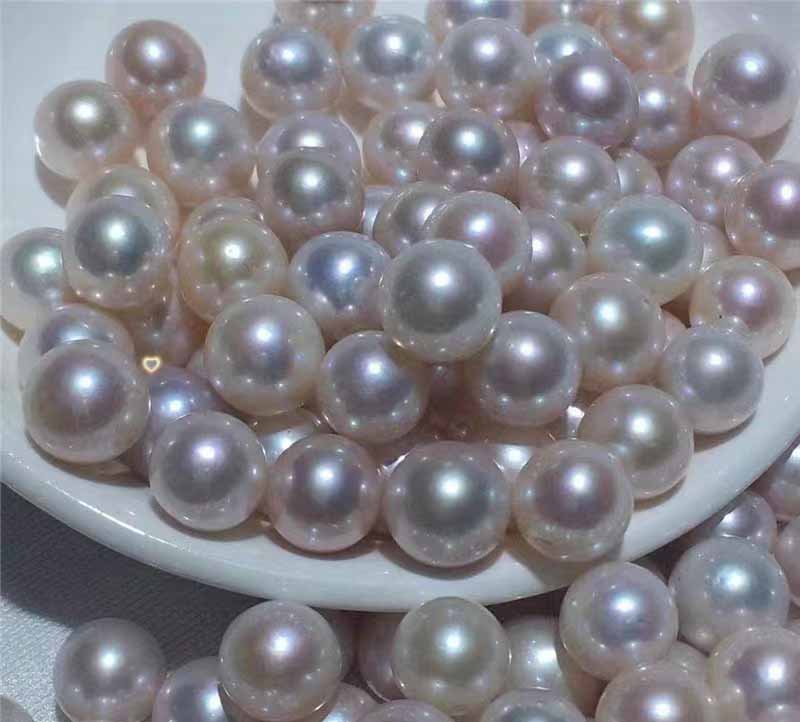
First of all, the color of pearls is a very important reference index.
The color of the pearl causes very much, the main causes are:
1. Accompanying color, the color of the nucleus of the pearl
2. The color of organic chitin
3. The color of the outer coat membrane tissue transplanted into the pearl
4. Pearl growth environment
Pearl causes, then the specific content will not give you more to do the development. All you need to know is that we usually pearl color is divided into body color and companion color.
The body color is the main color of the pearl, which is the overall color of the pearl.
It is usually better to choose a clean and clear white body color, and remember not to choose a yellowish color. A yellow color looks lifeless and has a lower face value.
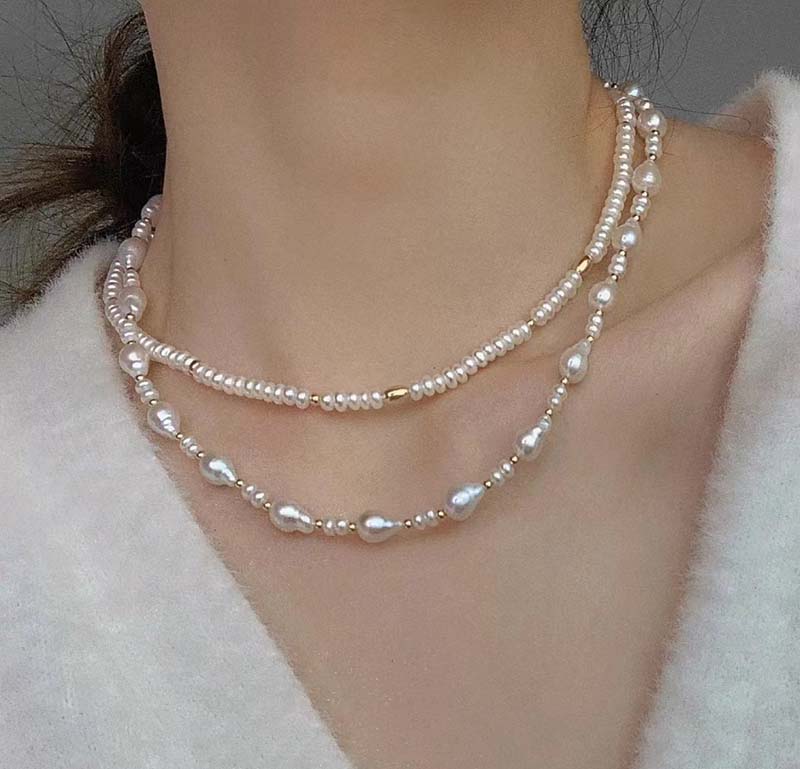
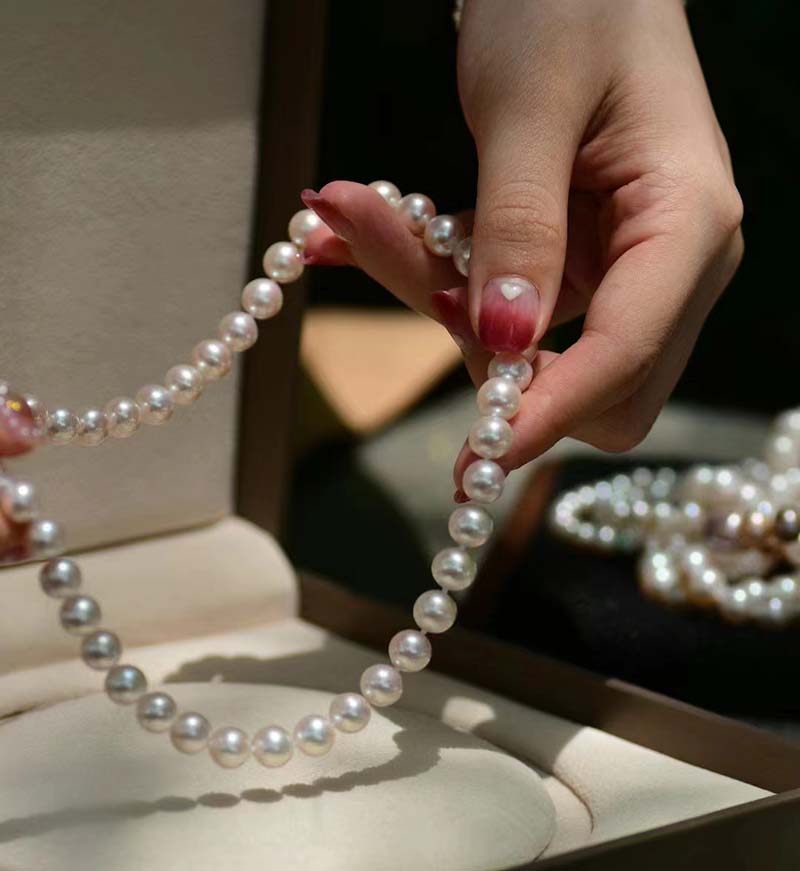
Accompanying color refers to one or more translucent surface secondary colors on top of the pearl’s body color.
For example, the common white pearl will have a pink or greenish color. Tahitian black pearls have a blue or green tint.
The shape of the pearl:
Generally speaking, the rounder the shape, the more expensive the pearl.
Exceptions:
1. Large droplets with beautiful bead shapes
2. Horseback pearls with a large bun shape
3. Very good quality baroque pearls
Determine whether the pearl is round or not, teach you a trick:
Find a level surface and then let the pearl to roll forward; if it moves in a straight line, it’s most certainly a very round pearl; if it’s twisted, it’s definitely a less round pearl.
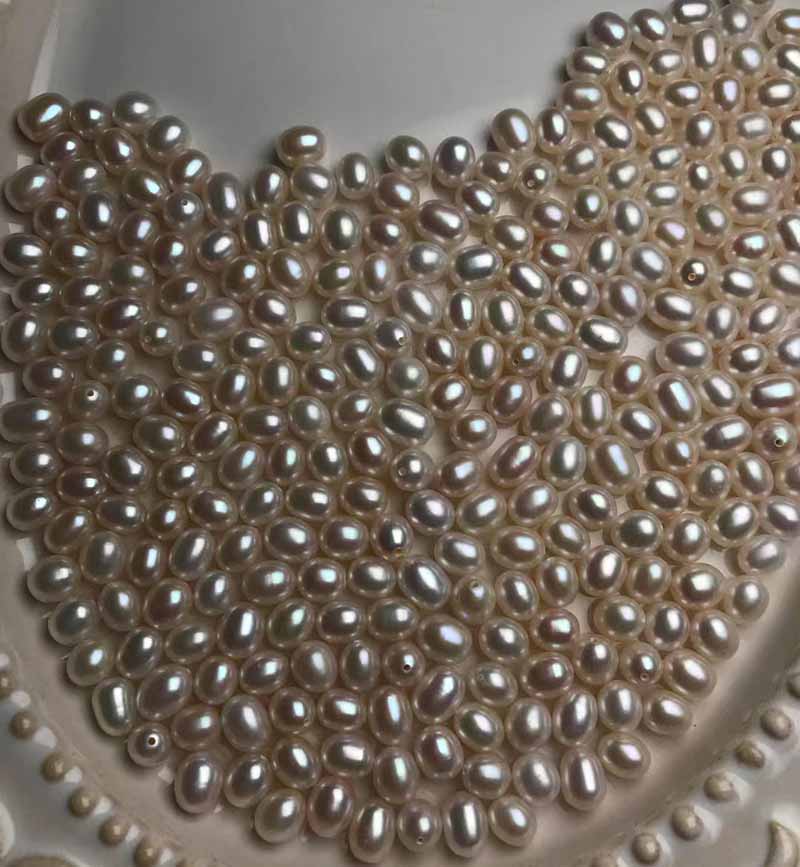
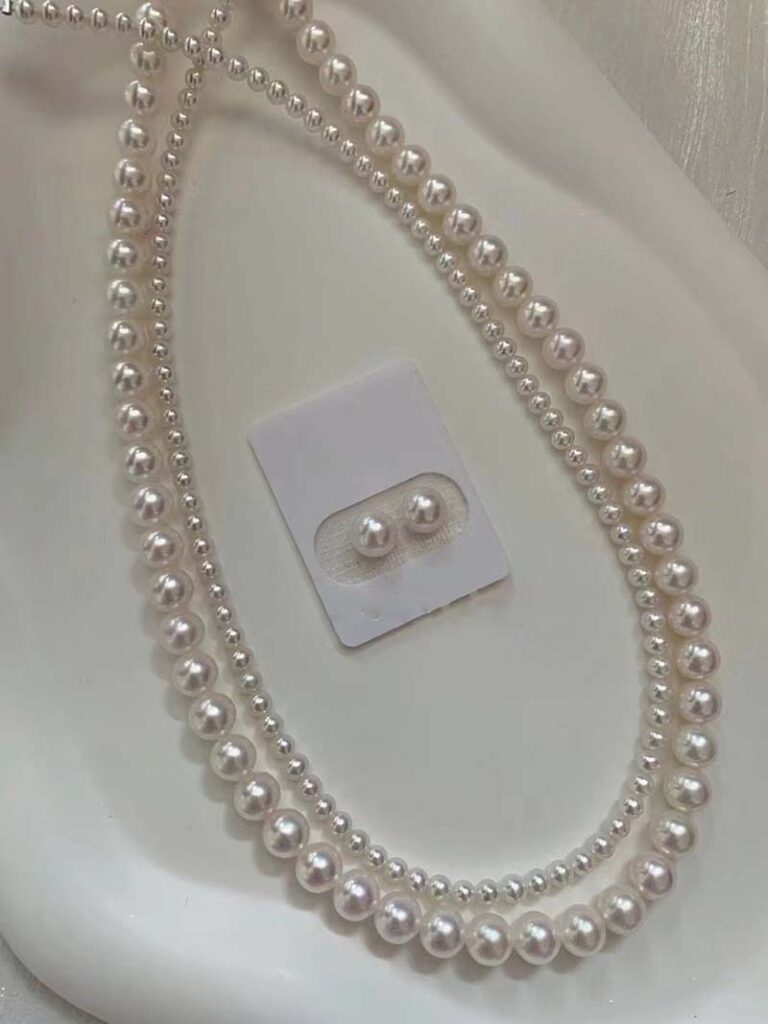
Freshwater cultured pearl grading standards divide round pearls into three categories: regular circle, round, and nearly round. Regular circle pearls have a difference in diameter of less than or equal to 3% between the largest and smallest diameters. Round pearls have a difference in diameter of less than or equal to 8%. Near round pearls have a difference in diameter of less than or equal to 12%.
Luster of pearls:
Luster is also an important parameter in the selection of pearls. The luster of a pearl refers to an optical response caused by the reflection, refraction and interference of light.
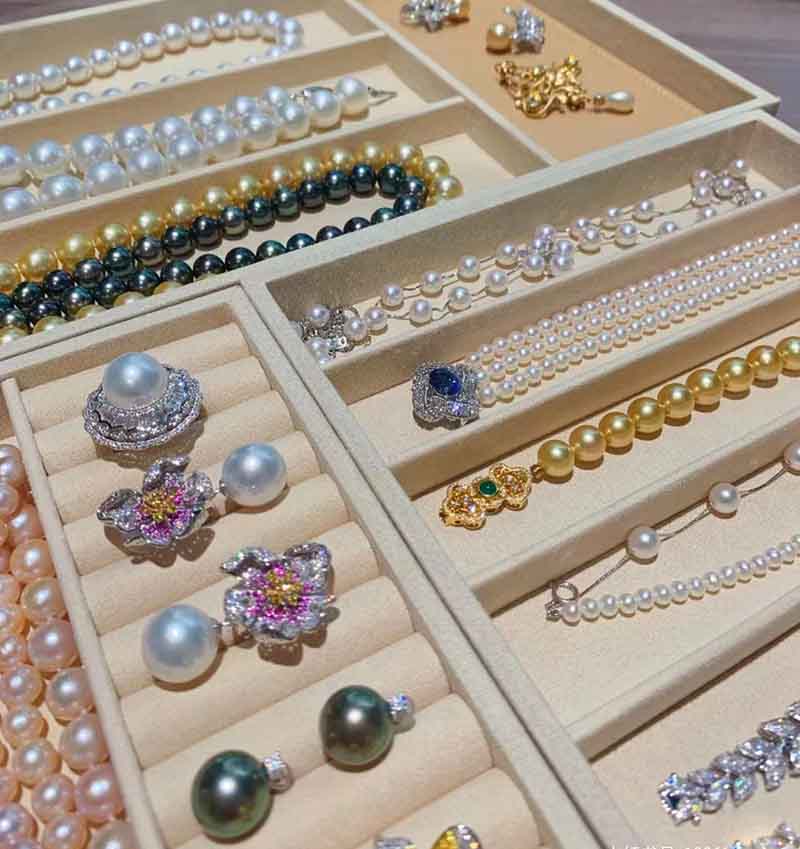
When evaluating the luster of a pearl, it is important to observe the clarity of the reflection and the area of reflection on the surface of the pearl at its largest point.
The IGI, or International Gemmological Institute, categorizes the luster of a pearl into five tiers in the form of a percentage: very strong, strong, medium, fair, and weak.
If a pearl’s luster can almost reach a metallic luster and can reflect an outline very clearly, one can define the luster as very strong, reaching a score of 100.
If the luster is just good, with a clear outline of a reflection, then it is given a score of 85 to 90.
If the luster is bright, with a glassy general luster is 50~70 points.
If the luster of the pearl is dull, like porcelain that’s only 25~50 points.
If we take the pearl in the light when you can see the outline of your face, see the more clear, then the better the luster.
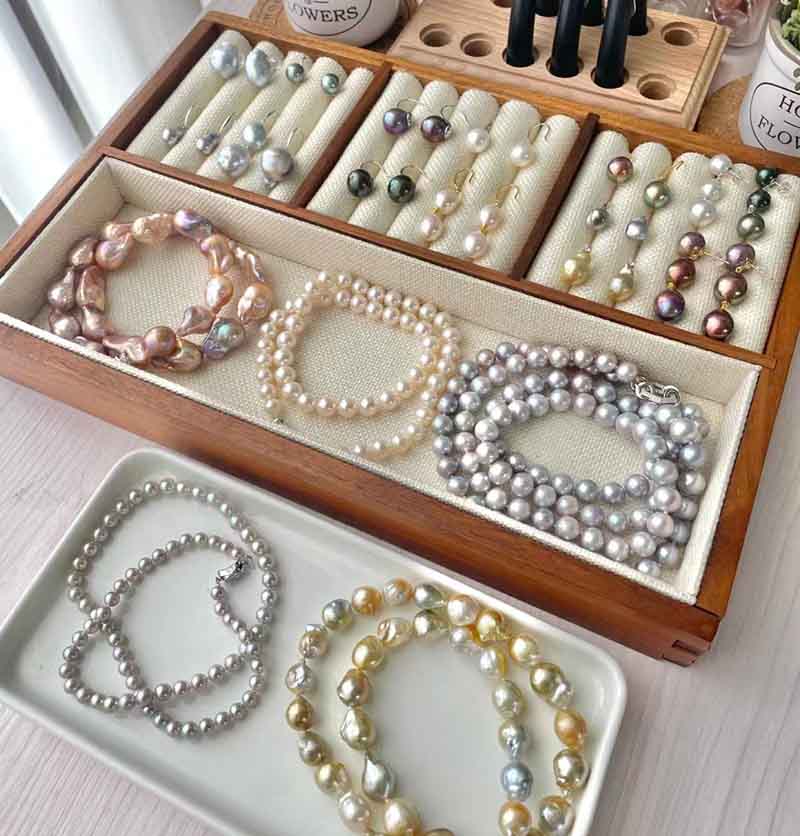
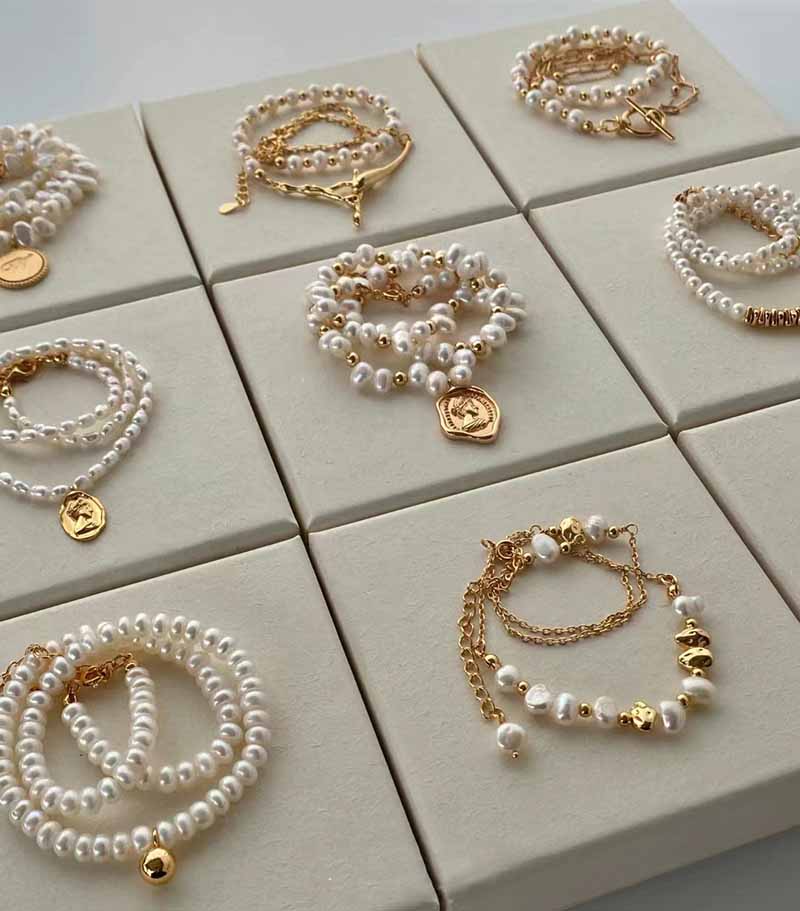
Degree of flaws in pearls:
The last parameter is the degree of flaws.
Generally speaking, it is not necessary to be too strict when grading pearls. Because the surface of the pearl will always exist this or that a defect, it is best to choose a slightly flawed or flawless grade.
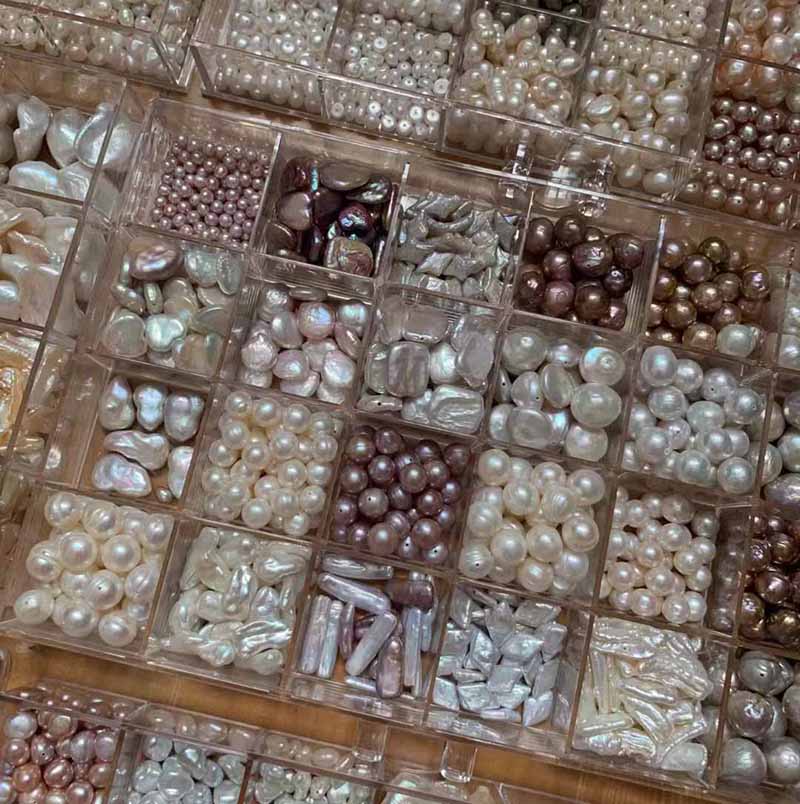
Freshwater pearl 8~10mm above belongs to the growth cycle is longer, so it is a skin grain, growth lines will be slightly obvious.
But we consider the huge difference in price between freshwater pearls and saltwater pearls may be 5~10 times, so this small a flaw can be tolerated.
High-quality pearls under 8mm don’t need to worry about the existence of growth lines and other problems.
In fact, high quality freshwater pearls are already indistinguishable from saltwater pearls.
